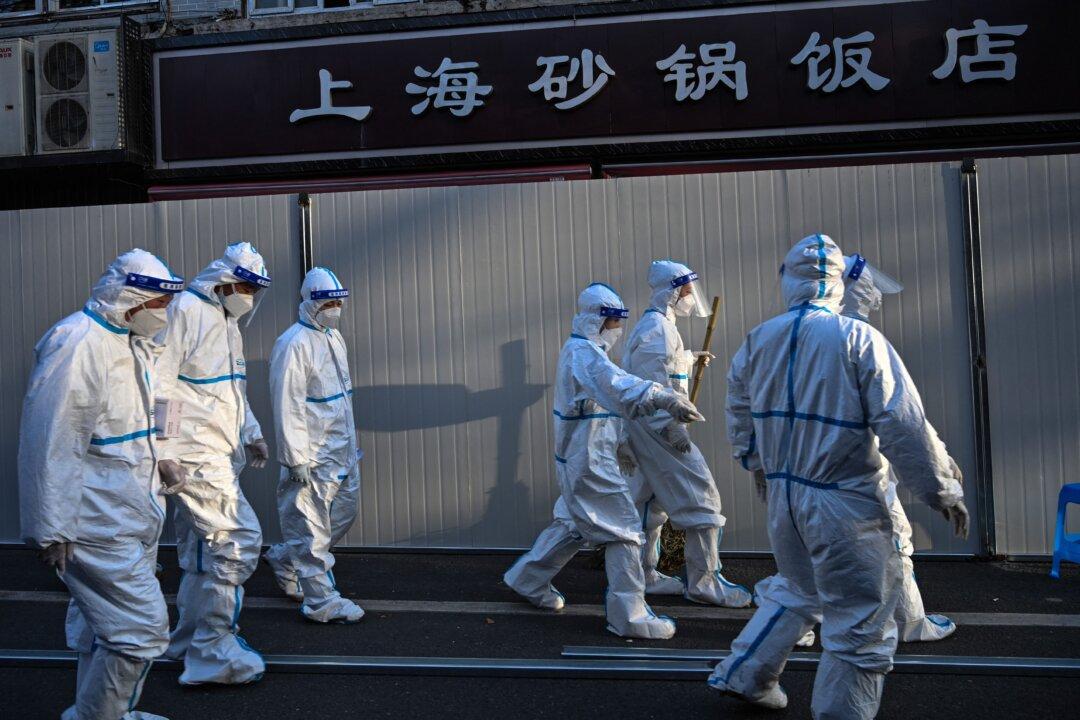Concern is growing worldwide as China struggles to put down its purported worst COVID-19 outbreak in two years, shutting factories and locking down some of its busiest manufacturing hubs to try to curb the spread of the illness.
Semiconductor developer Intel, Apple, and automakers Toyota and Volkswagen are among the latest companies forced to halt some production in China as products have piled up at warehouses while firms complied with China’s stringent COVID policies.





